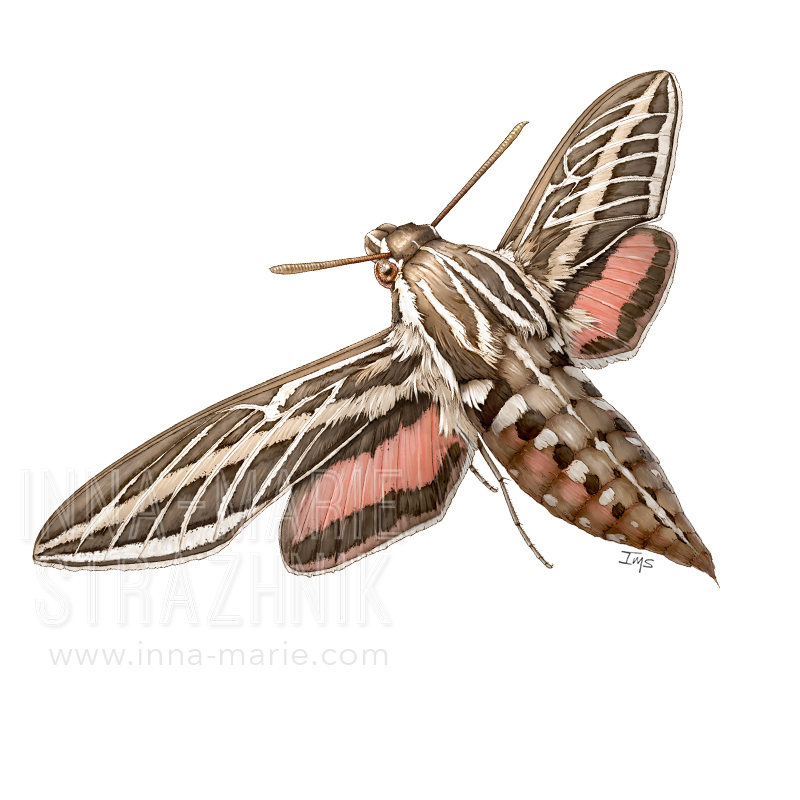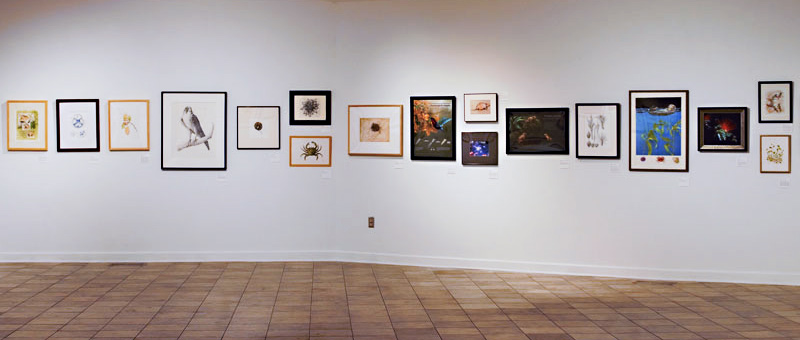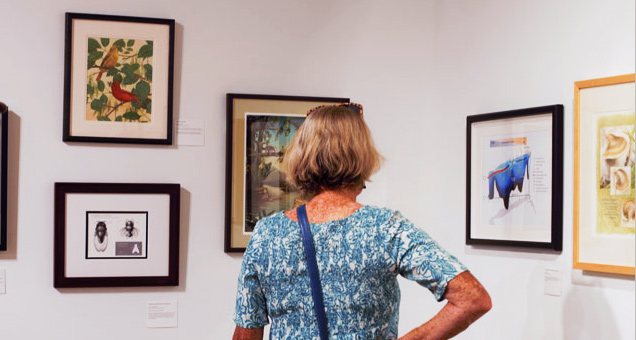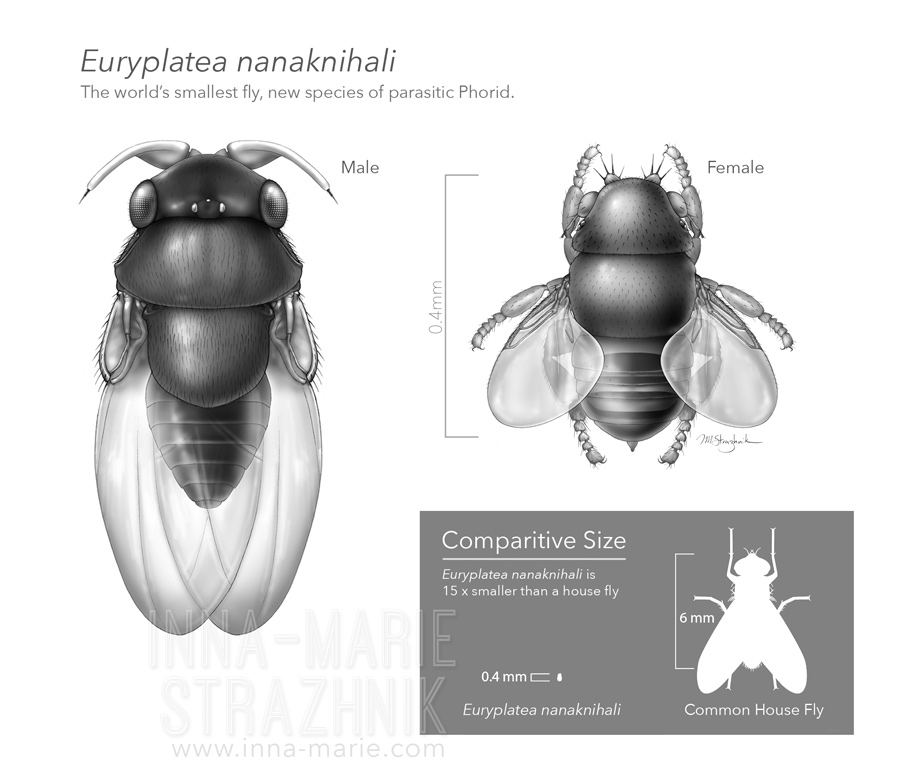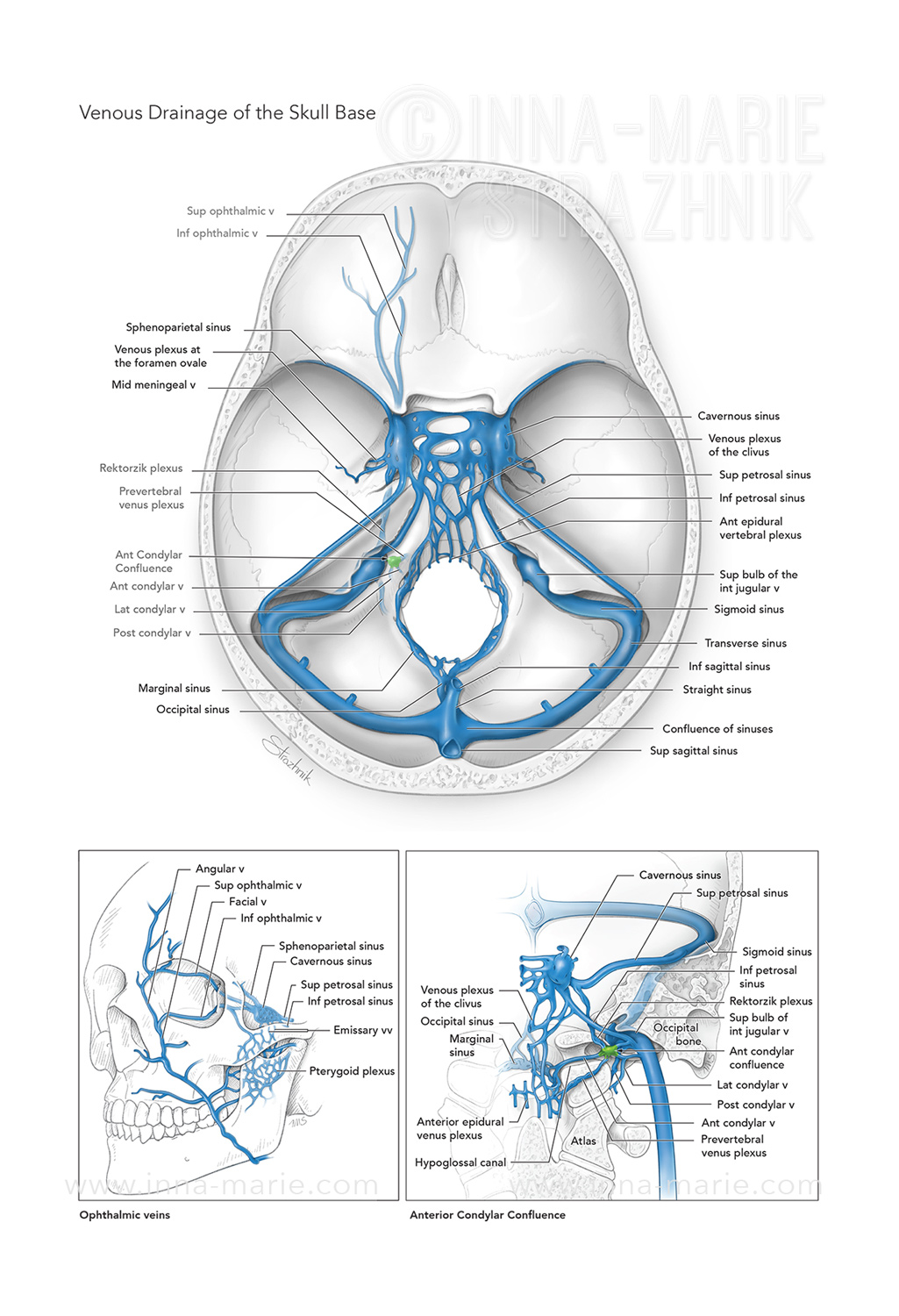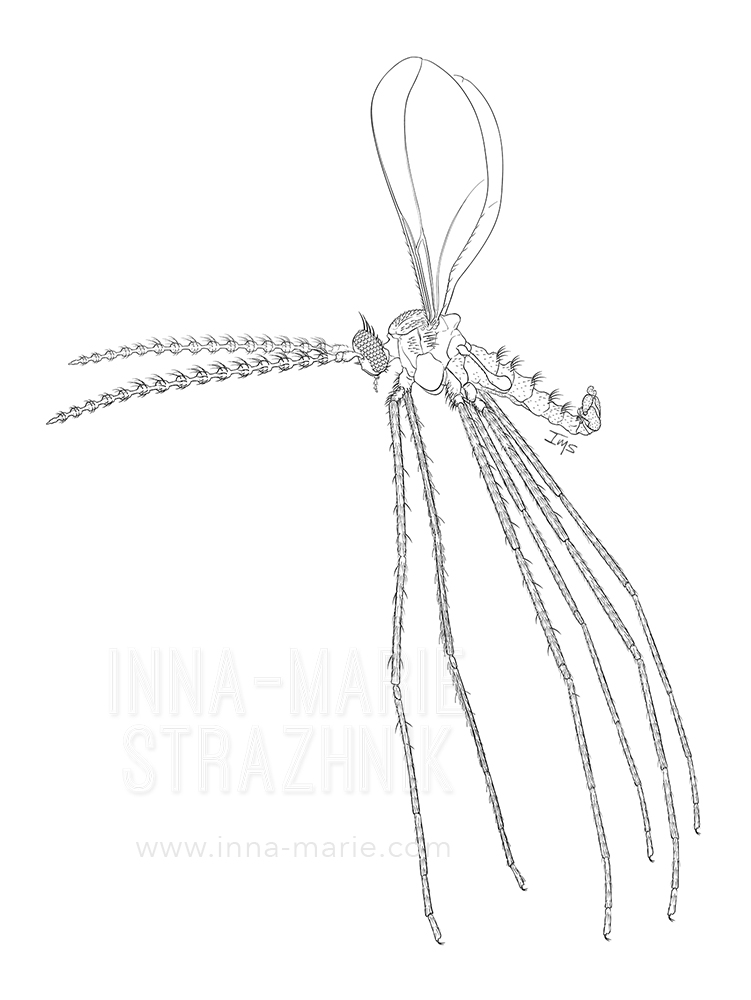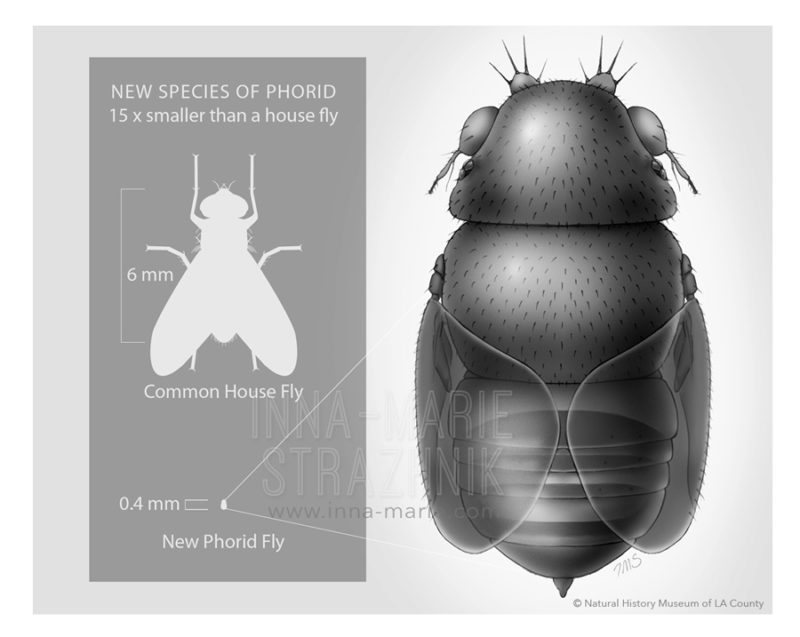News & Updates
2017 GNSI Juried Exhibition, Asheville, N.C.
I am very privileged to have 2 illustrated works, “Euryplatea nanknihali: World’s Smallest Fly” and “Skull Base Venous Drainage” selected by the Guild of Natural Science Illustrators (GNSI) for their annual juried exhibition, held this year in the Elizabeth Holden Art Gallery in Ashville, NC.
The 2017 collection of work by my fellow artists was exceptionally impressive and can be viewed in its entirety at the GNSI website.
AMGEN Interactive Exhibit Is Live!
A complex project many months in the making, it features my large scale mural of cell interactions in bone matrix, as well as an interactive guide that explores the downstream and upstream effects of each signaling pathway.
What a fantastic project to be a part of!
Website Design: Arvinas Biopharmaceuticals
The Arvinas website is such a great example of an engaging, informative, and beautiful company website. We worked to create dynamic visual content to include on the landing page. The resulting imagery showcases the scientific mechanisms at work in their therapeutic products.
Take a closer look at http://arvinas.com/
Publication: Insects of the Los Angeles Basin

Announcing the publication of the 3rd edition of Insects of the Los Angeles Basin, a comprehensive guidebook to all the insects living in and around Los Angeles.
I developed a digital pen and ink method to create over 80 detailed illustrations that matched in style with the beautiful illustrations of earlier editions.
Video: Phorid Flies of Brazil
A film by Dr. Brian V. Brown & Edgar I. Chamorro
Additional photography: Kate Lain, Giar-Ann Kung and Inna-Marie Strazhnik
I was lucky enough to accompany the NHM collections team to document phorid fly behavior in the field. The resulting footage is included in this overview of Dr. Brown’s research. Waiting around in the jungle to catch a fly in the act of decapitating a trap-jaw ant (Ondontomachus) was an unforgettable experience. Check it out!
“With over 800,000 described species — more than half of all known living organisms — insects are the most diverse group of animals on Earth. The Natural History Museum’s entomology collection has more than 5.8 million specimens of insects and spiders. It is the largest in Southern California and has specimens from all over the world.” -NHMLA
Publication: Zadbimyia, 22 new species
Zadbimyia, a new genus of asynaptine Porricondylinae (Diptera: Cecidomyiidae) with twenty-two new species from the cloud forest of Costa Rica., Article
Twenty-two new species of Zadbimyia, a new genus of the tribe Asynaptini, are described from Costa Rica, the first new descriptions of Neotropical Porricondylinae (Cecidomyiidae) in modern times.
Available on ResearchGate
Cover Art: Annals of the Entomological Society of America
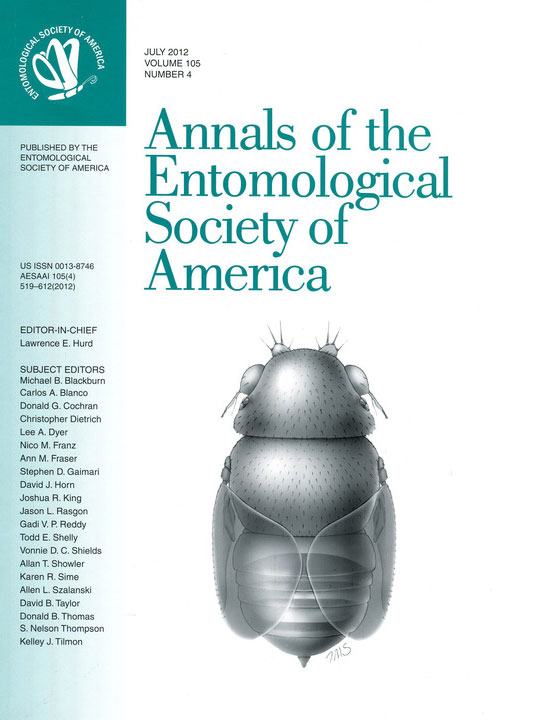
My illustration of the female specimen of Euryplatea nanaknihali is featured on the cover of the July 2012 issue of the journal “Annals of the Entomological Society of America” (AESA).
The newly discovered species was obtained in Thailand by researchers from the Natural History Museum of Los Angeles County. At 0.4mm, the female is 5x smaller than a fruit fly and is now the smallest fly known to science. This one-of-a-kind specimen’s tiny size made it a huge challenge to illustrate!
